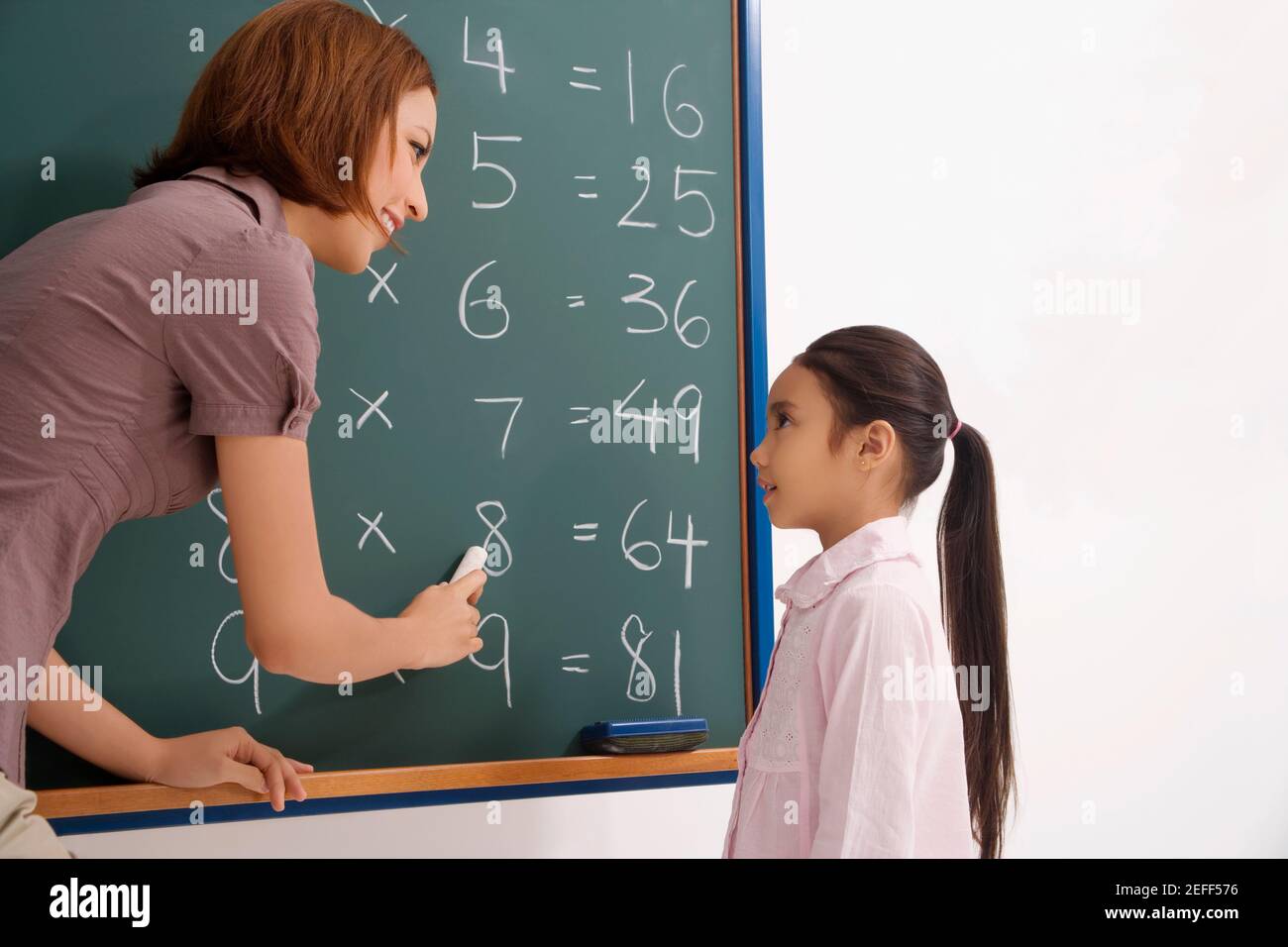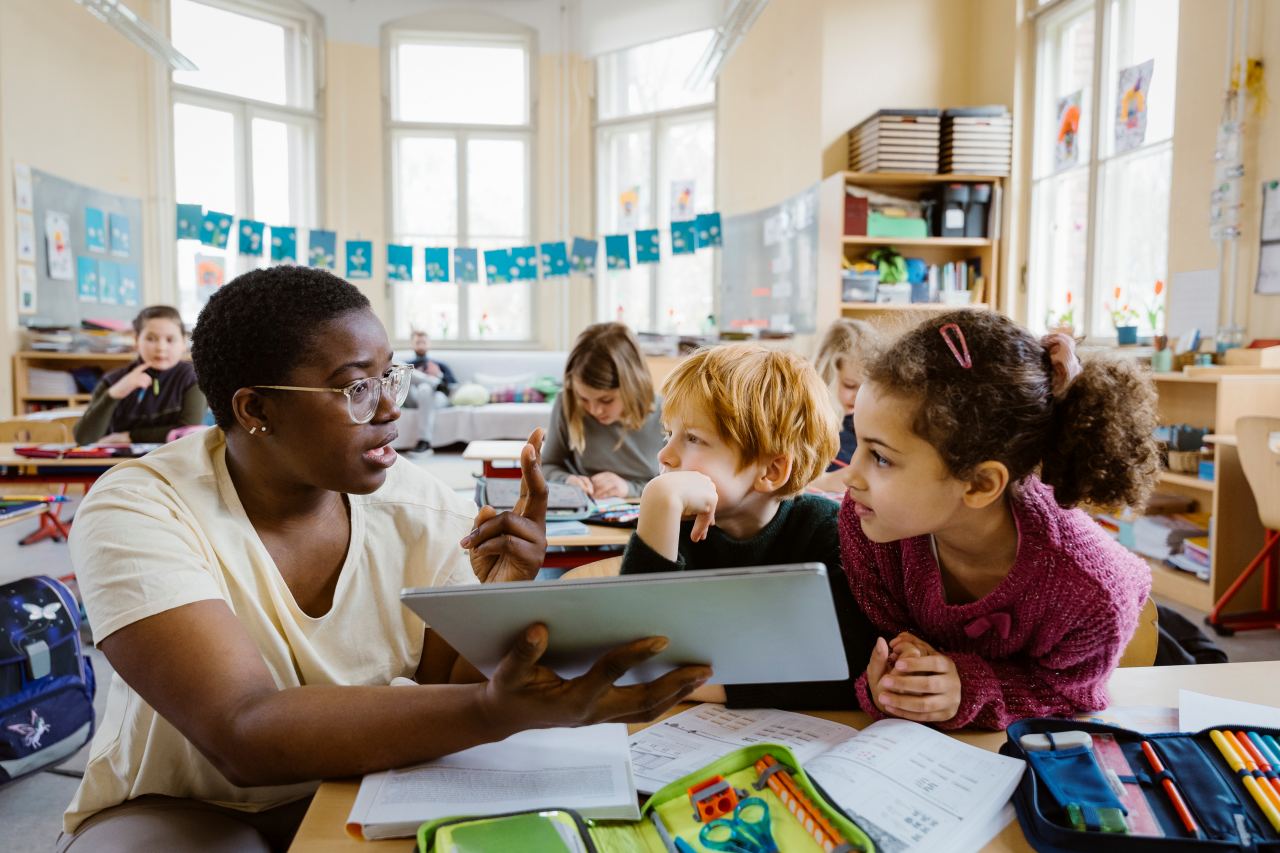Personalized Primary Science Tuition Singapore to Cater to Your Child’s Needs
Personalized Primary Science Tuition Singapore to Cater to Your Child’s Needs
Blog Article
Discovering the Various Mentor Methods in Primary Scientific Research Education And Learning Today
Inquiry-based understanding, hands-on experiments, and the integration of innovation are redefining exactly how teachers engage young minds. Additionally, collective strategies and distinguished direction are being employed to provide to the varied needs of pupils, enhancing both involvement and understanding.
Inquiry-Based Knowing
Inquiry-Based Knowing (IBL) is an instructional method that urges students to discover clinical principles through doubting, investigation, and hands-on experimentation. This technique stresses the role of trainees as active participants in their learning, promoting vital thinking and analytical skills. By involving with real-world concerns, pupils become interested and inspired, which improves their understanding of clinical concepts.
In IBL, teachers function as facilitators, leading students as they navigate their queries instead than delivering information directly. This student-centered approach enables differentiation, fitting different discovering designs and rates. Pupils establish abilities in developing theories, developing experiments, and assessing information, which are essential for clinical literacy.
Additionally, IBL promotes partnership amongst trainees, motivating them to share searchings for and concepts. This collective query advertises social abilities and a sense of neighborhood within the class. The procedure of questions motivates durability, as trainees find out to accept failing as a tipping rock toward understanding.
Hands-On Experiments
Hands-on experiments are a vital element of effective scientific research education and learning, matching the concepts of inquiry-based understanding. These experiments enable students to involve directly with clinical ideas, fostering a much deeper understanding via experiential understanding. By controling materials and observing end results, young students can grasp abstract concepts in tangible methods.
Such tasks advertise important thinking and analytic abilities, as trainees assume results, conduct experiments, and analyze outcomes. This process encourages them to ask concerns, improve their understanding, and create a clinical way of thinking. Hands-on experiments can be customized to diverse understanding styles, making sure that all pupils have the possibility to engage meaningfully with the material.
In addition, hands-on experiments frequently urge collaboration among peers, promoting synergy and communication skills. Operating in groups enables students to share ideas, go over searchings for, and find out from each other, which enhances their overall academic experience.
Integrating hands-on experiments right into the main science educational program not just improves the learning environment yet also cultivates a long-lasting interest in science. By proactively joining their education and learning, students are a lot more most likely to establish an enthusiasm for clinical questions that expands past the class.

Innovation Assimilation
Incorporating innovation into main science education has come to be progressively important in fostering student engagement and enhancing finding out results. The use of electronic devices, such as interactive simulations, online labs, and educational software application, offers students with opportunities to discover clinical ideas in ingenious ways. These resources facilitate a much deeper understanding of intricate subjects by enabling students to picture and control variables that would be not practical in a standard classroom setting.
Additionally, modern technology assimilation urges personalized learning experiences. Pupils can advance at their own pace, taking another look at difficult concepts with multimedia resources, which satisfy various learning designs. This flexibility not only supports specific development but also cultivates a feeling of autonomy in students.
Additionally, technology serves as a bridge to real-world science, attaching pupils with present study and expert payments. Accessibility to clinical journals and on the internet data sources broadens trainees' point of views on clinical query and cultivates important believing skills.
Collaborative Understanding
Collaborative learning plays an important function in main science education by fostering teamwork and communication abilities among pupils. This method urges learners to interact, share expertise, and participate in analytic, which boosts their understanding of scientific principles. By joining group activities, trainees find out to articulate their concepts, pay attention to diverse point of views, and negotiate services, every one of which are crucial abilities in both academic and real-world contexts.

Research study suggests that collaborative understanding can result in boosted inspiration and involvement in science subjects, as trainees locate satisfaction in common experiences (primary science tuition Singapore). Additionally, this technique prepares pupils for future collaborative endeavors, equipping them with the abilities needed for reliable synergy in higher education and learning and professional atmospheres. Inevitably, accepting joint learning in primary science education can significantly enhance the learning experience and promote a much deeper understanding of scientific questions
Distinguished Instruction

Distinguished guideline can manifest in different means, such as differing the try this web content, procedures, or items of knowing. Educators might use tiered projects that give varying degrees of intricacy, allowing students to function at their particular preparedness levels. Furthermore, versatile grouping approaches can facilitate partnership among pupils with various capabilities, fostering peer knowing.
Evaluation plays a critical role in this method, as it educates direction and helps instructors recognize each trainee's one-of-a-kind demands. Formative assessments, such as tests and monitorings, can direct instructors in readjusting their approaches to enhance learning results. primary science tuition Singapore. Eventually, by implementing distinguished direction in primary scientific research education, educators can cultivate a more fair and effective understanding setting, equipping all students to reach their complete potential in recognizing clinical phenomena
Conclusion
In summary, the varied teaching methods in primary science education and learning, consisting of inquiry-based understanding, hands-on experiments, innovation assimilation, collective understanding, and distinguished direction, collectively add to an extra reliable discovering setting. These approaches promote important reasoning, analytical abilities, find more and a much deeper comprehension of clinical concepts. By applying these methods, teachers can create appealing and encouraging classrooms that address the different needs of students, eventually fostering a long-lasting passion in science and boosting scholastic success.
Inquiry-Based Knowing (IBL) is a pedagogical strategy that motivates students to discover clinical principles with questioning, investigation, and hands-on experimentation.Collaborative knowing plays a crucial role in primary science education by promoting synergy and communication skills among students.Research study indicates that collaborative understanding can lead to enhanced inspiration and engagement in science subjects, as students find enjoyment in shared experiences.In promoting an inclusive learning environment, distinguished direction emerges as a key approach to fit the diverse demands and abilities of trainees in main science education and learning. Eventually, by implementing set apart guideline in key scientific research education, teachers can cultivate an extra efficient and equitable discovering setting, equipping all investigate this site trainees to reach their full possibility in understanding scientific phenomena.
Report this page